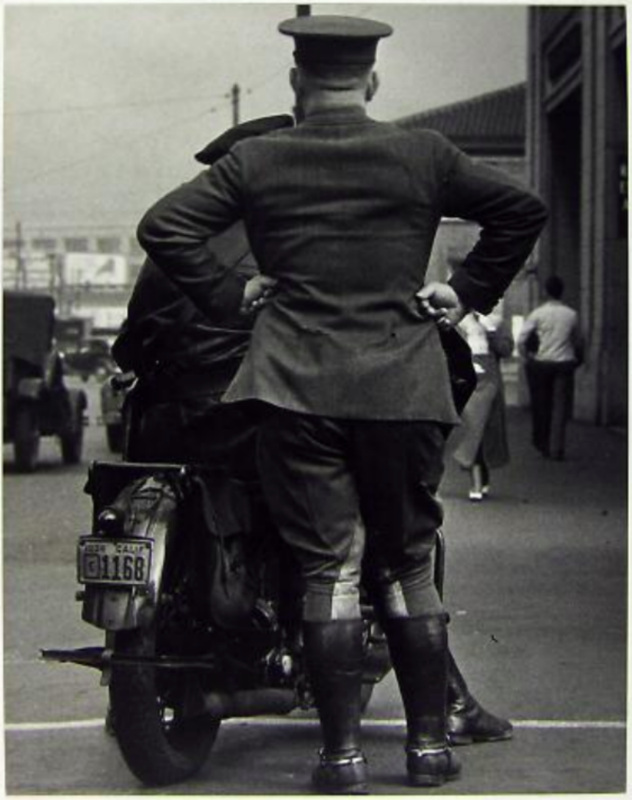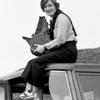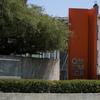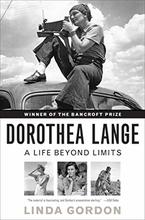More about Policeman on Street, San Francisco
- All
- Info
- Shop
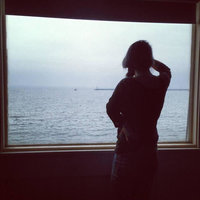
Contributor
Who is the man in the sassy pose and where can we get those boots?
We’re not sure about the boots but we do know he is a San Francisco police officer whose confrontational stance actually sums up the image’s history pretty well. This snap was taken by Lange during the Pacific coast wide general strike in 1934. As you might have guessed, the strike took place during the great depression when Lange was working in San Francisco. In 1934, International Longshoremen’s Association (ILA) demanded employers recognize their union; the union controlled hiring stations demanding higher wages, from $.80 to $1.30 per hour (the equivalent of $15 to $24 today), a 30 hour work week, and a coast-wide agreement covering all ports. Apparently not in the mood for negotiations, the employers refused the proposal based on their reasoning that the union was communist dominated. You would think someone from HR would have advised them not to dismiss a disgruntled, organized mass struggling to make ends meet during a recession.
As things began to heat up, it took a letter from President Roosevelt to stall the strikes. This lead to secret negotiations between employers and ILA union leaders. Union members grew suspicious of their leaders and tired of failed negotiations. The straw that broke the camel’s back was “Bloody Thursday” (July 5, 1934), when the San Francisco employers attempted to reopen the ports leading to a battle between policemen and strikers that left two dead and several injured. The strikers responded to the union’s own president’s efforts to stop the strike by burning their union cards. The strikes took place coast wide on July 16-19, 1934 forcing the employers to comply to most of the union’s demands.
Although the specific day of the photograph is unknown, we can assume Lange took the photo during the strikes or one of the demonstrations surrounding the strikes. Lange took the image right after she quit her day job photographing the rich in San Francisco and began documenting the desperate economic climate of the city. Later, her field work during this time lead to a collaboration with the Resettlement Administration that propelled her career as one of the icons of American photography.
Sources
- “1934 International Longshoremen's Association and General Strikes of San Francisco.” Online Archive of California. Accessed: October 15, 2017. https://goo.gl/pSCmMJ
- Carlsson, Chris. “The Waterfront Strike.” FoundSF. Accessed: October 16, 2017. http://www.foundsf.org/index.php?title=The_Waterfront_Strike.
- Press Release from “Dorothea Lange: Duplicate Prints from the 1966 Retrospective at the MOMA.” Edwyn Houk Gallery. September 18 - Nov 2, 2002. Acessed: October 16, 2017. http://www.houkgallery.com/exhibitions/dorothea-lange?view=slider#6

